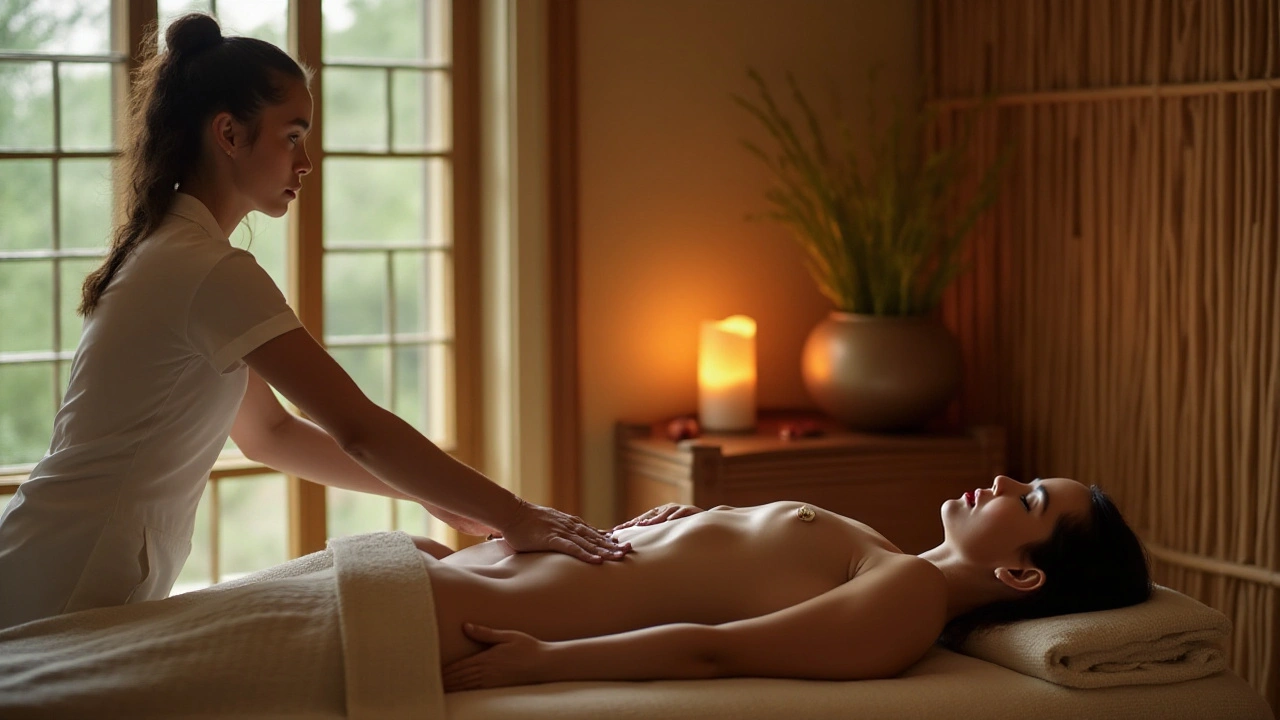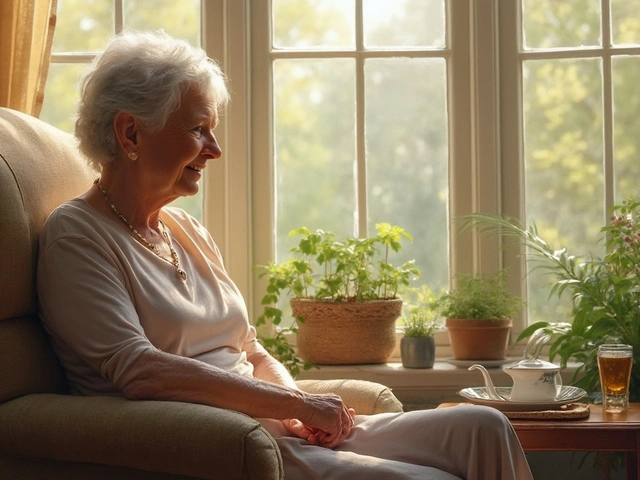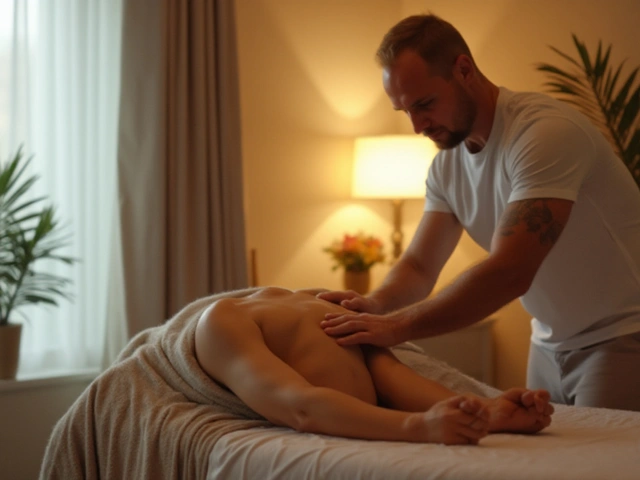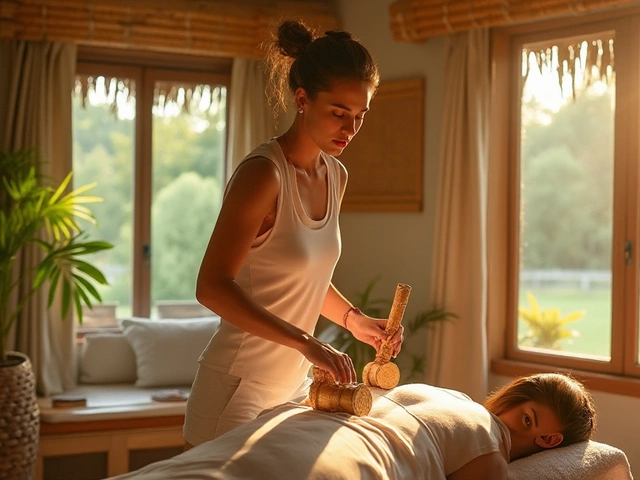Athletic Therapy — practical help for movement, pain, and recovery
You trained hard and now your body is talking back. Athletic therapy isn’t just for elite athletes — it’s for anyone who wants less pain, better movement, and faster returns to normal life. This tag brings together straightforward, hands-on approaches you can try or discuss with a therapist: trigger point work, Ortho-Bionomy, Feldenkrais, Rolfing, Amma, stone therapy, acupressure and more.
Which therapy fits your problem?
Match the method to the issue. Got tight, painful knots that limit motion? Trigger point massage or focused deep-tissue work helps break those spots down fast. Want gentle options when pain is chronic or tender? Ortho-Bionomy and Feldenkrais use small movements and awareness to calm the nervous system and restore ease. Need posture and structural change? Hellerwork or Rolfing focus on alignment over multiple sessions. If you want recovery that also soothes the mind, try stone therapy, Lomi Lomi or Amma for a relaxing but effective session. For joint stiffness that won’t budge, some people consider medical routes like contractual tendon release — always discuss risks and recovery with a doctor first.
Not sure where to start? Think about your goal: fast pain relief, long-term posture change, or stress reduction. That narrows the options quickly. Read reviews, ask about training and insurance coverage, and tell the therapist exactly what hurts and when it started.
Quick, useful tips you can use now
Do a short self-check before booking: is there swelling, numbness, fever, or sharp shooting pain? If yes, get medical advice. Otherwise, try these practical moves between sessions: 1) foam roll or use a lacrosse ball for 1–3 minutes on tight areas; 2) apply heat for 10–15 minutes before a session to relax muscles, or use cold for 10–15 minutes after intense inflammation; 3) add short daily mobility drills (3–5 minutes) that mimic the movements that hurt; 4) breathe and relax—tension tightens muscles and slows recovery.
Session frequency depends on the problem. Acute flare-ups may need two or three sessions in a week then taper. Chronic issues often improve with weekly sessions for a month, then spacing out. Talk about measurable goals with your therapist — better range, less pain score, or return to an activity — and check progress every 4–6 sessions.
Choosing a therapist: ask about certifications, experience with your specific issue, and typical session length. A good therapist will show you simple home exercises, set clear goals, and adapt pressure to your comfort. If a technique feels worse, speak up. Your body will tell you what’s helpful and what’s not.
Want specific reads? Browse articles here on trigger point techniques, Ortho-Bionomy for chronic pain, Feldenkrais for movement skill, Hellerwork for posture, and real stories about stone and Lomi Lomi massages. Try one small change this week and see how your body responds.

Unlocking Athletic Potential with Amma Massage Therapy
Amma massage, an ancient healing practice rooted in traditional Chinese medicine, has emerged as a hidden gem for athletes seeking enhanced performance and faster recovery. This invigorating bodywork technique focuses on stimulating acupressure points and energy flow to promote physical and mental well-being. Athletes are discovering its benefits for increased flexibility, reduced muscle tension, and improved endurance. Dive into the world of Amma massage to learn how it can be an integral part of an athletic regimen, offering unique benefits that go beyond conventional massage therapies.
Categories
- Health and Wellness (148)
- Alternative Therapies (86)
- Massage Therapy (40)
- Travel and Culture (15)
- Beauty and Skincare (9)
- Holistic Health (8)
- Health and Fitness (5)
- Spirituality (5)
- Other (2)
- Personal Development (2)
Popular Articles



